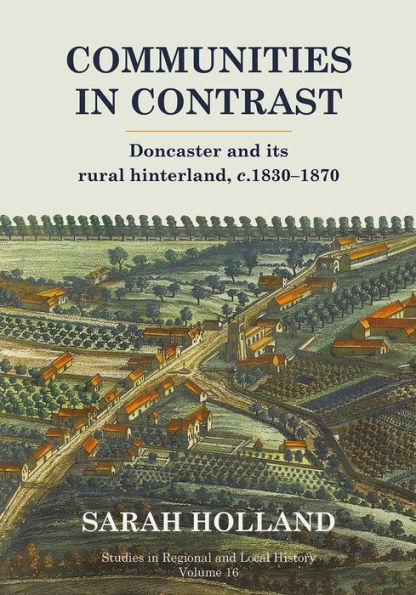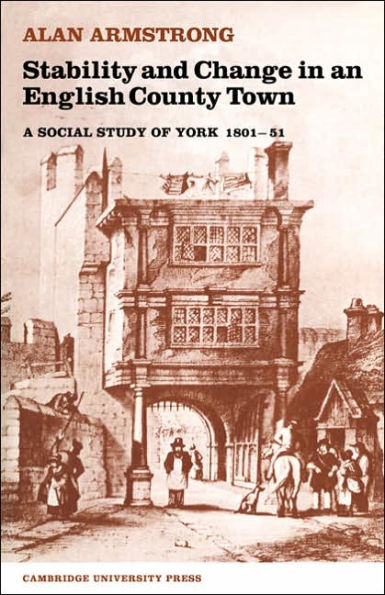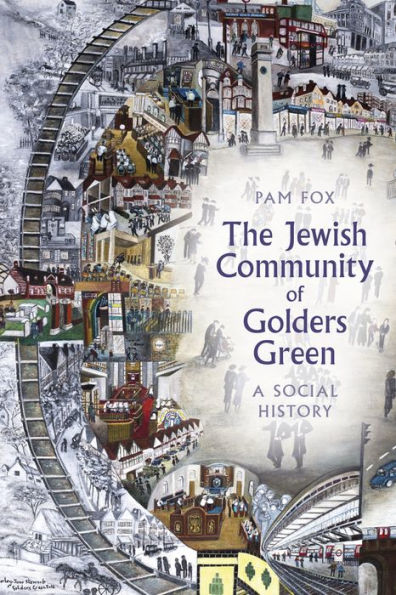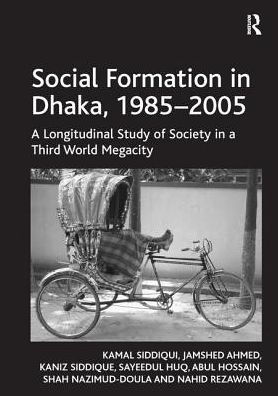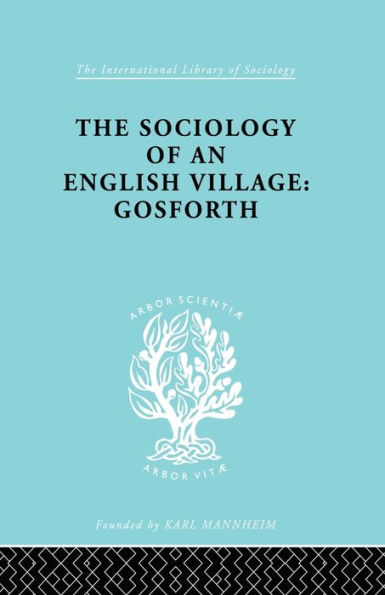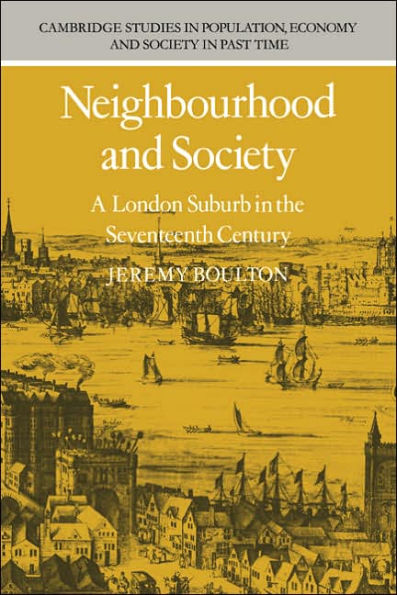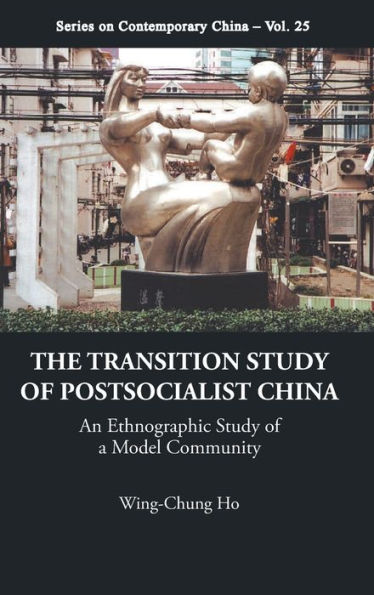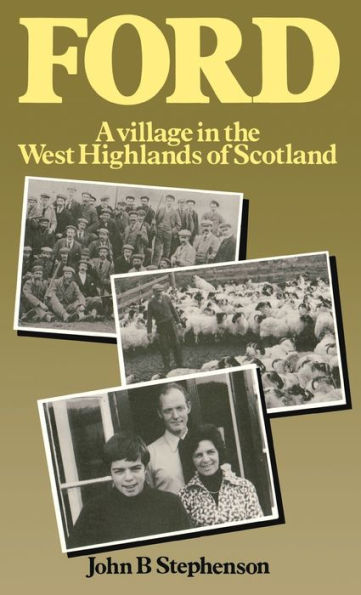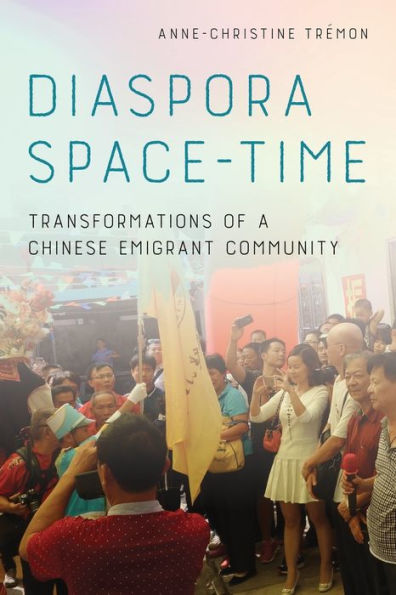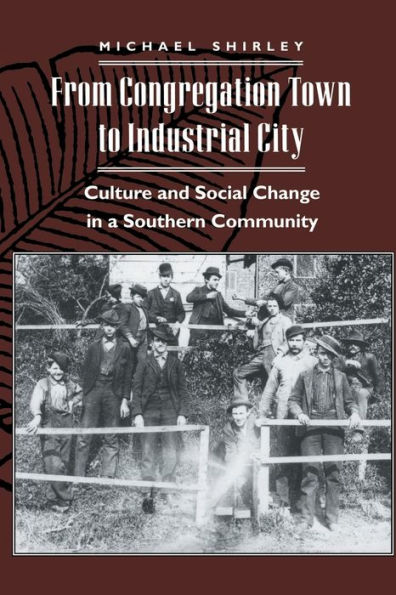Home
The Evolution of A Community: Study Dagenham After Forty Years
Barnes and Noble
The Evolution of A Community: Study Dagenham After Forty Years
Current price: $125.00
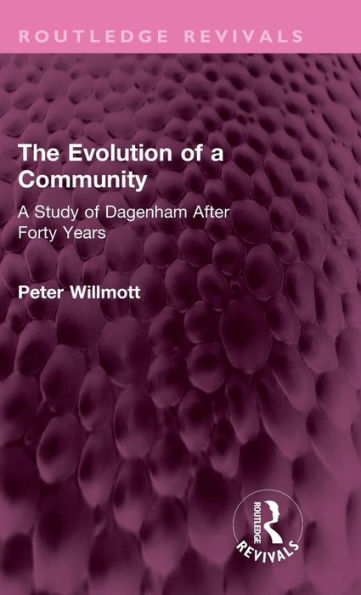

Barnes and Noble
The Evolution of A Community: Study Dagenham After Forty Years
Current price: $125.00
Size: Hardcover
Loading Inventory...
*Product information may vary - to confirm product availability, pricing, shipping and return information please contact Barnes and Noble
In earlier studies, Peter Willmott and other investigators had documented the social problems of new housing estates – the loneliness, the tensions, the disruption of family and neighbourhood ties. But how far are such troubles transitory? What kind of life would develop in communities like these when time had rubbed off the newness?
Originally published in 1963, in search of an answer, Peter Willmott went to Dagenham in Essex, where forty years before the London County Council began to build a giant estate to rehouse people from the East End of London. His study – of a new estate that had now become an old one – throws light on the long-term effects of this kind of migration. He found at Dagenham, most strikingly, that a way of life very similar to a ‘traditional’ working-class community had grown up. In this book he discusses the similarities and differences, and shows the influences which had worked for and against this development. After a sketch of the estate’s history, he traces the relationships of the people of Dagenham with relatives, friends and neighbours, and then examines their attitudes to each other, to politics and to social class.
His conclusions were not only relevant to housing and town planning policy, but provided insight into the meaning of social class in contemporary Britain at the time.
Originally published in 1963, in search of an answer, Peter Willmott went to Dagenham in Essex, where forty years before the London County Council began to build a giant estate to rehouse people from the East End of London. His study – of a new estate that had now become an old one – throws light on the long-term effects of this kind of migration. He found at Dagenham, most strikingly, that a way of life very similar to a ‘traditional’ working-class community had grown up. In this book he discusses the similarities and differences, and shows the influences which had worked for and against this development. After a sketch of the estate’s history, he traces the relationships of the people of Dagenham with relatives, friends and neighbours, and then examines their attitudes to each other, to politics and to social class.
His conclusions were not only relevant to housing and town planning policy, but provided insight into the meaning of social class in contemporary Britain at the time.
